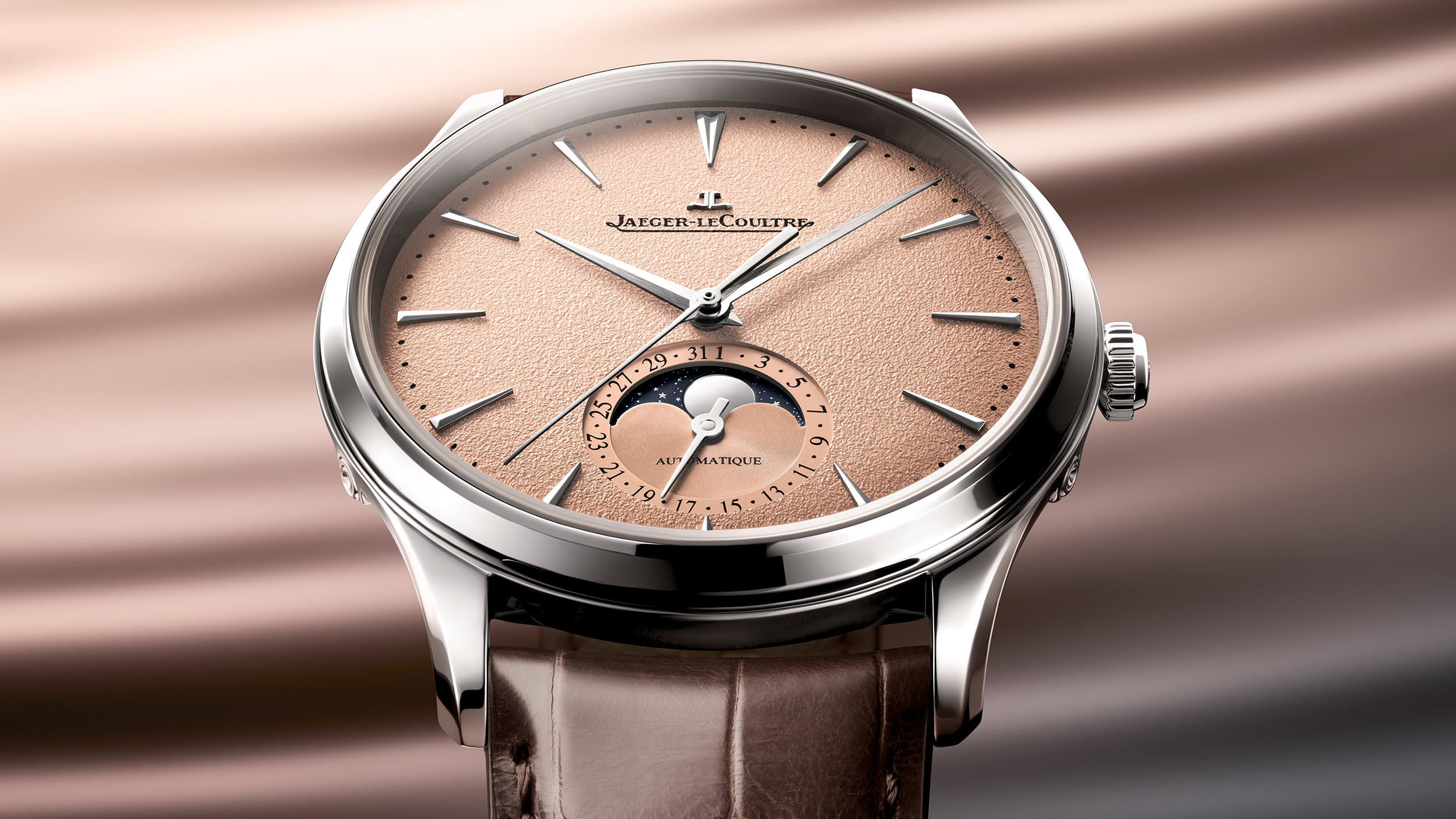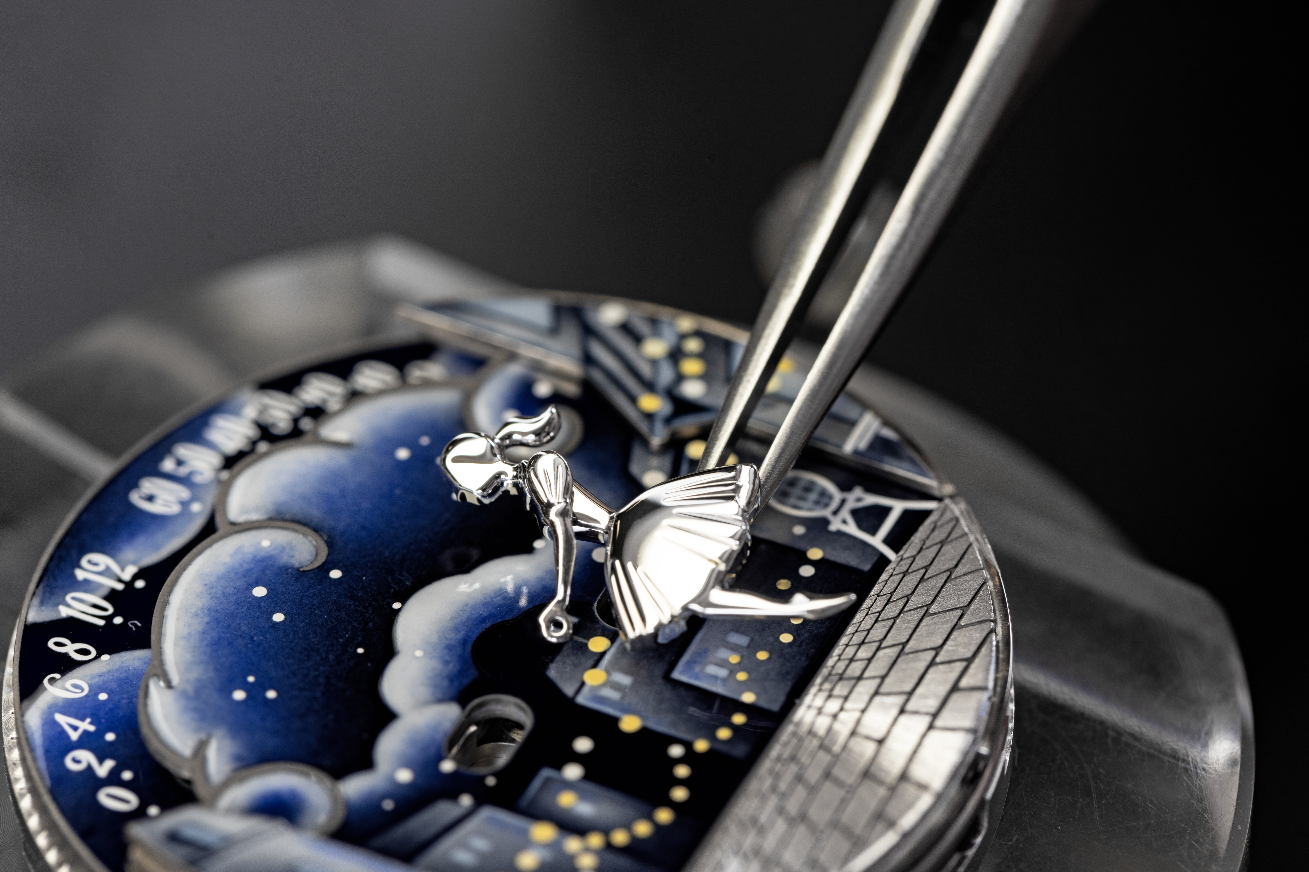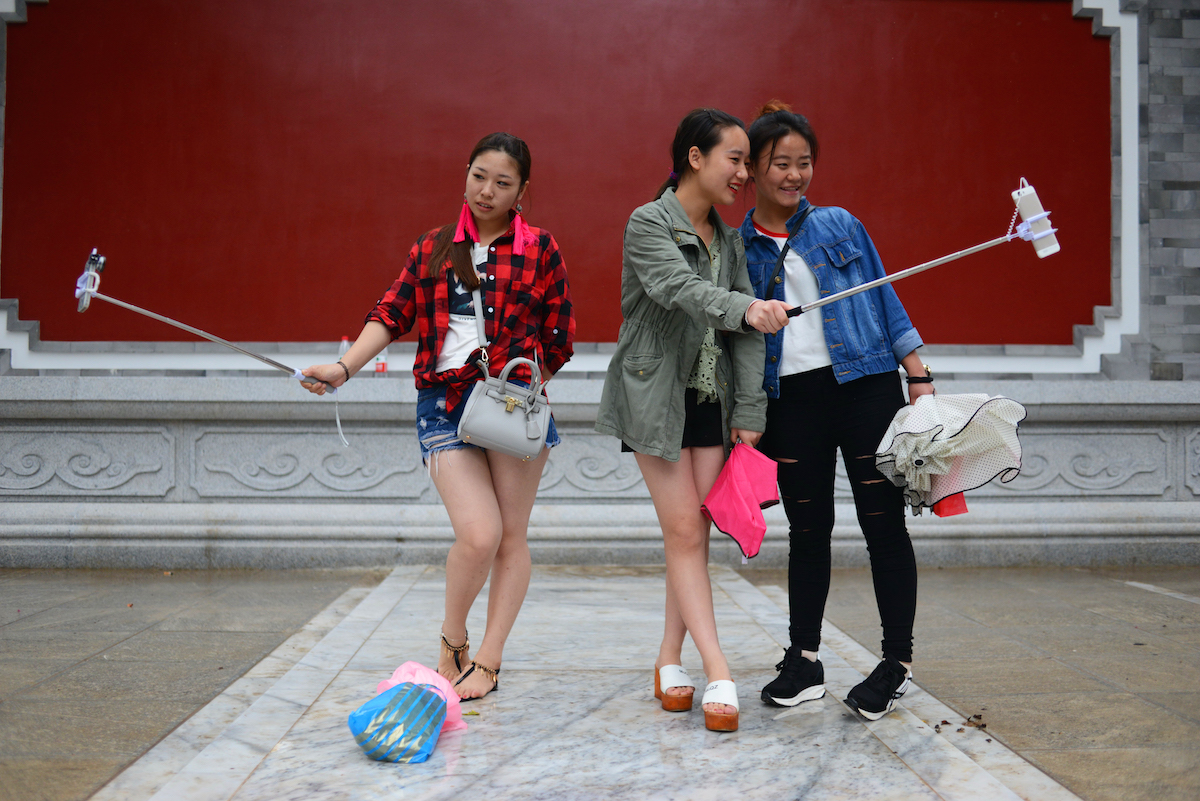
Body–positivity campaigns are becoming increasingly popular on social media worldwide, thanks to the support of numerous brands and influencers. In China, however, idealised beauty still dominates the narrative and continues to set unrealistic standards for women and girls around the country. To a great extent, the trend is driven by the ultra-popular wanghong (digital influencers), whose success is related to the fact that they are considered “conventionally beautiful”.
For anyone fairly familiar with Chinese social media, it’s not difficult to picture the beauty canons impersonated by many wanghong: spotless pale skin, soft pink lips, big “rabbit eyes” and perfectly symmetrical facial traits. Many of them, however, have undergone plastic surgery to get their perfect “wanghong face” and exclusively take pictures with just the right filters. There is, in fact, a specific formula for taking a good selfie in China. Among other things, it includes using an app that filters your skin to improve it and make it “digital-ready”. With a few clicks, these selfie-editing apps have functions to touch up almost any “flaw” you can think of.
In China, the wanghong are particularly successful and influential because they ride the tide of what’s happening in society at large. While the young and affluent have many more financial possibilities than previous generations, their desire to look attractive has increased exponentially. Contemporary Chinese women in particular, fuelled by the aesthetic promoted by brands and consumerism, are even more obsessed with centuries-old beauty standards than their predecessors. In ancient China, for example, a woman’s white skin was a symbol of wealth and status.
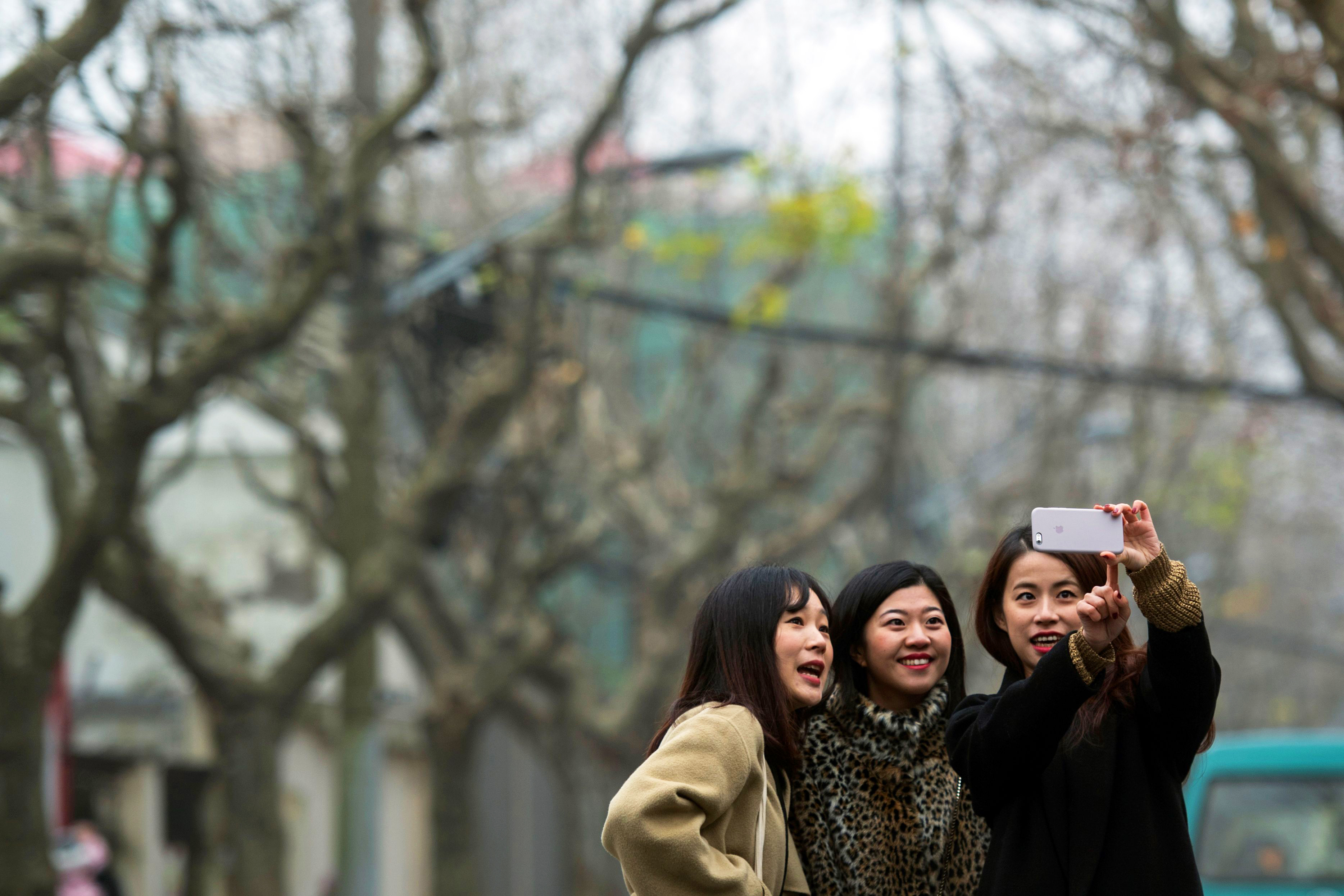
With millions of followers, HoneyCC is one of the most popular wanghong
in China. Like all the other influencers, she gets gifts and requests for product-placement posts and videos. But unlike most of her counterparts, her page doesn’t focus on fashion, travel or wellness. She mostly shares short self-taken videos of her dancing, lip-syncing, eating and doing mundane activities. Last year, HoneyCC, born Lin Chuchu, told The New Yorker
that she never takes or posts a selfie or a video that isn’t edited with the most popular “beautycam” apps, which allow her to be whoever she wants – or needs – to be for her followers. She can be a dreamy diva or a mental patient, but “always a very pretty one.”
According to HoneyCC, “Selfies are now part of Chinese culture.” Not only is she right, but she’s also made a multimillion-dollar career out of it, thanks to her beloved zipai shenqi
(“godly tools for selfies” in Chinese), which have turned the country’s selfie mania into a defining character of contemporary China and have literally changed its face. The now-recognisable Chinese-style self-enhanced photos have become an emblem and a countertrend to what’s happening almost everywhere else, where #nofilter, #nomakeup and #natural selfies are taking over Instagram and other platforms. But China never plays according to global rules.
While an almost-fanatic attention to appearance is common, in many parts of the world, the idea of different types of beauty is becoming a standard for inclusion and diversity. Some of these services’ most popular functions, like the “skin fairer” filter, would be considered offensive and inappropriate outside China and the surrounding regions. The extraordinary popularity of beautycam apps says a lot about the country and its online universe.
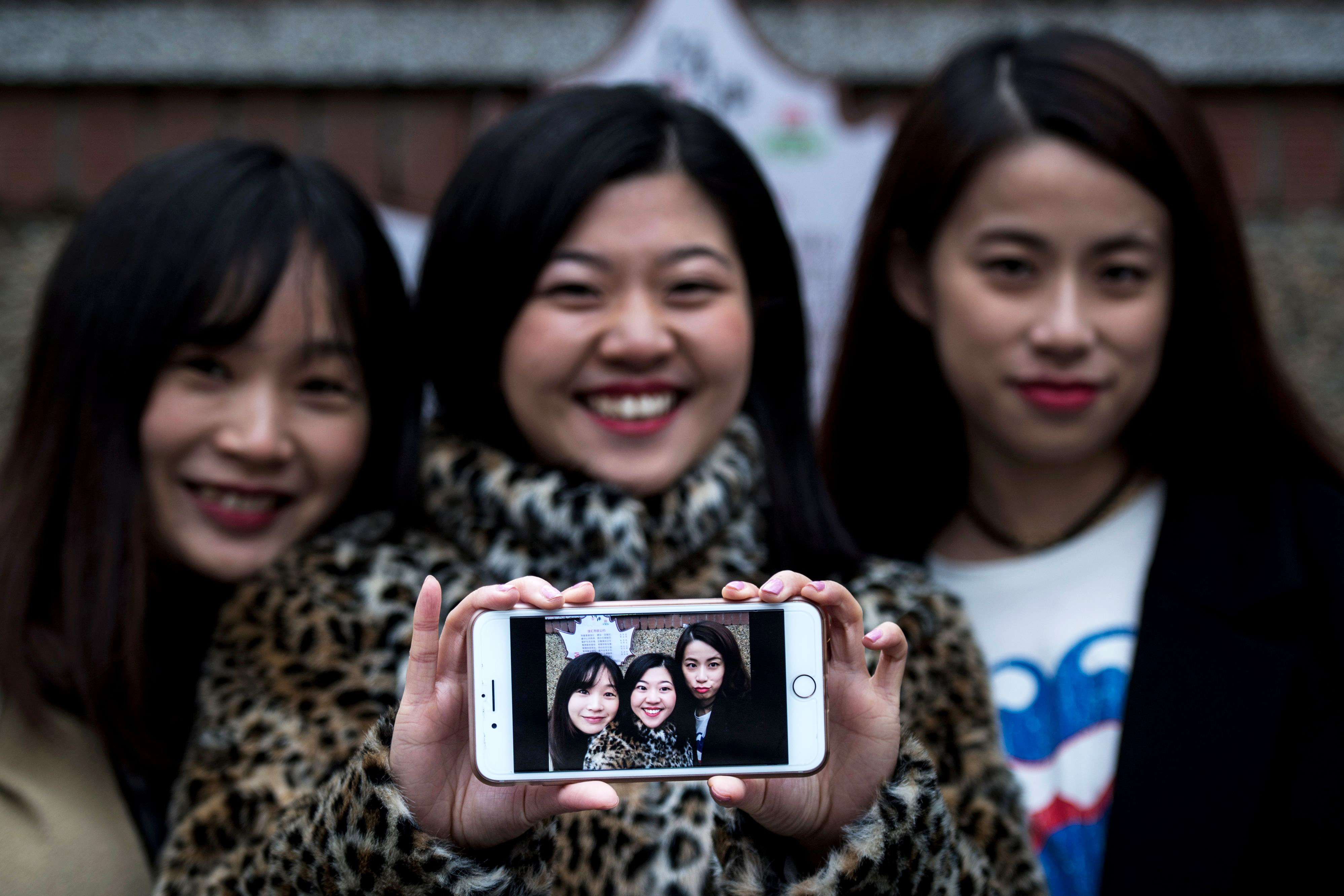
To a great extent, beautycam apps benefit from China’s cultural isolation, serving as the perfect example of how some digital products are created to succeed among the country’s 700 million internet users – almost 20 per cent of the world’s total – in a closed and yet very connected environment. Because of the sheer numbers and the frequency of use (according to estimates, more than half the selfies on Chinese social networks have been edited on beautycam apps), the more popular they become, the more they’re tailored to what women want to look like. The most sophisticated ones can now automatically detect facial features and indicate what needs to be changed, according to some pre-set standards that aren’t even personally selected by the user.
According to research by Forbes, since 2013, China has been the third-highest country in the world in terms of numbers of plastic surgeries, following the US and Brazil. Most of the women in China that decide to change their facial features are in their 20s and in most cases request a similar – if not identical – face to those of the most popular wanghong.
Last month, during a public talk on technology and the future of the digital beauty industry, the young co-founder of one of China’s most successful selfie-editing apps proudly stated that he and his company will continue their mission to make the world a more beautiful place, both inside and out. In a room full of young men and women, his words couldn’t resonate any louder. Like many entrepreneurs all over the world, he made a fortune out of a very simple idea; he saw the rapid smartphone penetration in China as an opportunity to capture his female contemporaries’ desire to change their looks for the digital universe – where they were, and are, desperate to be noticed.
This feature originally appeared in the September/October 2018 print issue of #legend



